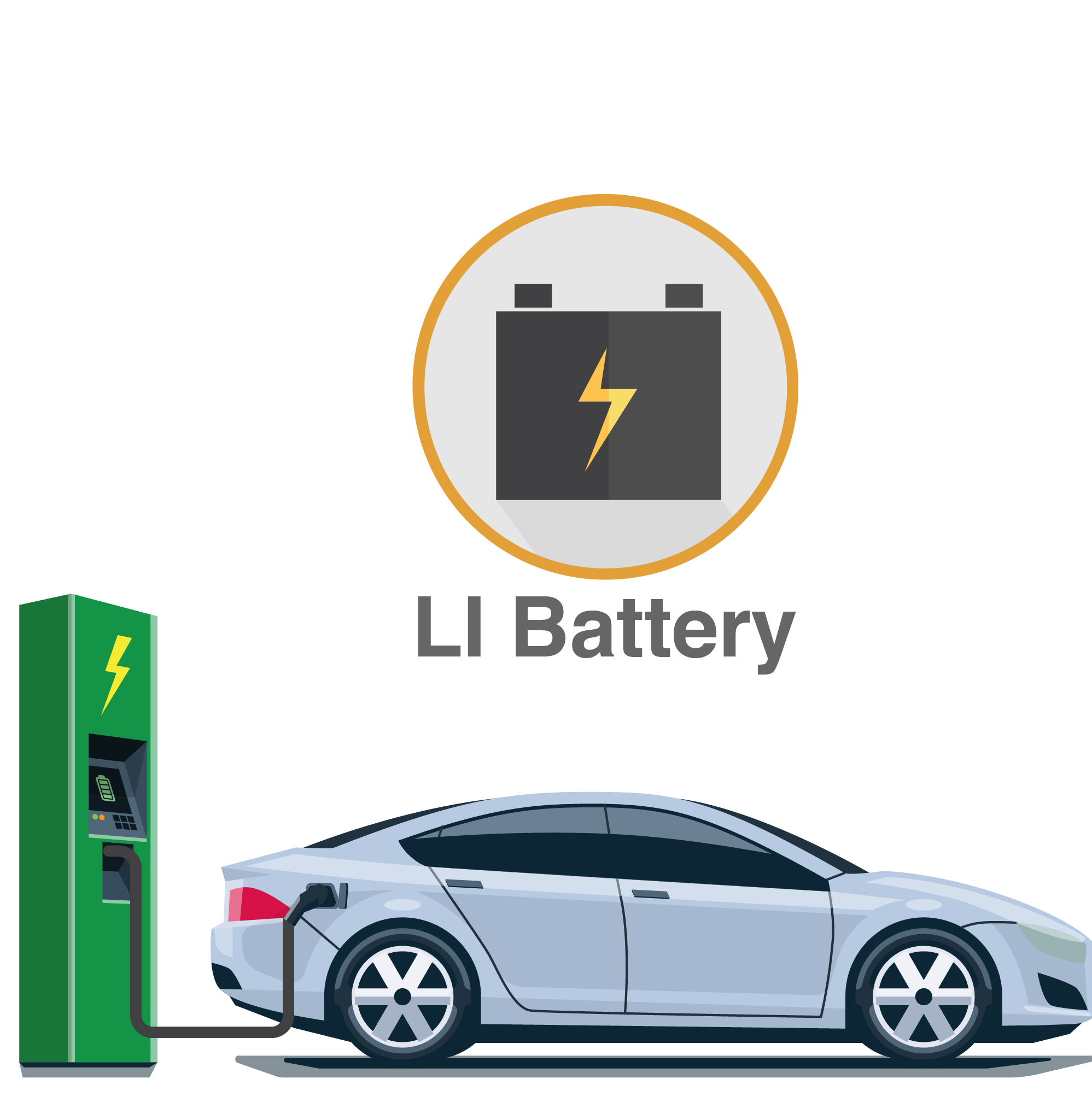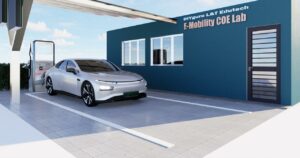Introduction:
The growing concern for the environment and the need for clean energy has led to the development of electric vehicles (EVs). However, the limited range of EVs has been a major barrier to their widespread adoption. Extended range electric vehicles (EREVs) offer a solution to this problem. In this blog post, we will discuss EREVs, their benefits, and how they differ from other types of EVs.
What are Extended range electric vehicle?
Extended range electric vehicles are a type of hybrid electric vehicle (HEV) that combines the benefits of both electric and gasoline-powered vehicles. EREVs are designed to provide a longer range than traditional EVs by incorporating a gasoline engine that acts as a generator to charge the battery when it runs low. EREVs are sometimes referred to as range-extended electric vehicles.
How do EREVs work?

Extended range electric vehicles are powered by an electric motor and a battery pack, which can be charged by plugging into an external power source. When the battery runs low, the gasoline engine kicks in to generate electricity, which is used to power the electric motor and charge the battery. This means that EREVs can run on electricity alone for a certain range, but when the battery runs low, the gasoline engine can extend the range by providing additional power.
Benefits of EREVs:
- Longer range: EREVs offer a longer range than traditional EVs, making them more practical for longer trips or for drivers who are unable to charge their vehicles regularly.
- Reduced emissions: EREVs produce fewer emissions than traditional gasoline-powered vehicles, making them a more environmentally-friendly option.
- Cost-effective: EREVs are more cost-effective than traditional EVs because they don’t require as large of a battery pack. The gasoline engine acts as a backup, which means that the battery can be smaller and less expensive.
EREVs vs. other types of EVs:
EREVs differ from other types of EVs in that they have both an electric motor and a gasoline engine. Traditional EVs rely solely on electricity to power the electric motor, while plug-in hybrid electric vehicles (PHEVs) have a smaller battery pack and a gasoline engine that can be used to extend the range. Extended range electric vehicles are similar to PHEVs, but the gasoline engine is used solely to generate electricity for the electric motor, rather than directly powering the vehicle.
Conclusion:

EREVs offer a practical solution for drivers who need a longer range than traditional EVs can provide. By combining the benefits of electric and gasoline-powered vehicles, EREVs provide a longer range while still being environmentally-friendly and cost-effective. As technology continues to advance, EREVs will likely become more common on the roads, providing drivers with a practical and sustainable option for transportation.
FAQs:
Q1. What is an EREV?
Ans. An Extended range electric vehicle is a type of hybrid electric vehicle (HEV) that combines the benefits of both electric and gasoline-powered vehicles. EREVs are designed to provide a longer range than traditional EVs by incorporating a gasoline engine that acts as a generator to charge the battery when it runs low.
Q2. How does an EREV differ from a traditional EV?
Ans. An Extended range electric vehicle differs from a traditional EV in that it has both an electric motor and a gasoline engine. Traditional EVs rely solely on electricity to power the electric motor, while EREVs have a gasoline engine that can be used to extend the range.
Q3. Can I drive an EREV solely on electricity?
Ans. Yes, Extended range electric vehicles can be driven solely on electricity for a certain range. When the battery runs low, the gasoline engine kicks in to generate electricity to power the electric motor and charge the battery.
Q4. What is the range of an EREV?
Ans. The range of an EREV varies depending on the make and model, but it is typically longer than that of a traditional EV. Some EREVs can travel up to 400 miles on a single charge and a full tank of gas.
Q5. How do you charge an EREV?
Ans. EREVs can be charged by plugging into an external power source, much like traditional EVs. When the battery runs low, the gasoline engine kicks in to generate electricity, which is used to power the electric motor and charge the battery.
Q6. Do EREVs produce emissions?
Ans. EREVs produce fewer emissions than traditional gasoline-powered vehicles, but they do produce some emissions when the gasoline engine is running.
Q7. Are EREVs more expensive than traditional EVs?
Ans. Extended range electric vehicles are generally more expensive than traditional EVs, but they are less expensive than plug-in hybrid electric vehicles (PHEVs) because they don’t require as large of a battery pack.
Q8. What are the benefits of driving an EREV?
Ans. The benefits of driving an EREV include a longer range than traditional EVs, reduced emissions compared to traditional gasoline-powered vehicles, and lower costs compared to PHEVs.
Q9. Can I use an EREV for long road trips?
Ans. Yes, EREVs are designed for longer trips and can provide a range of up to 400 miles on a single charge and a full tank of gas.
Q10. What manufacturers make EREVs?
Ans. Several manufacturers make EREVs, including Chevrolet, BMW, and Cadillac.























